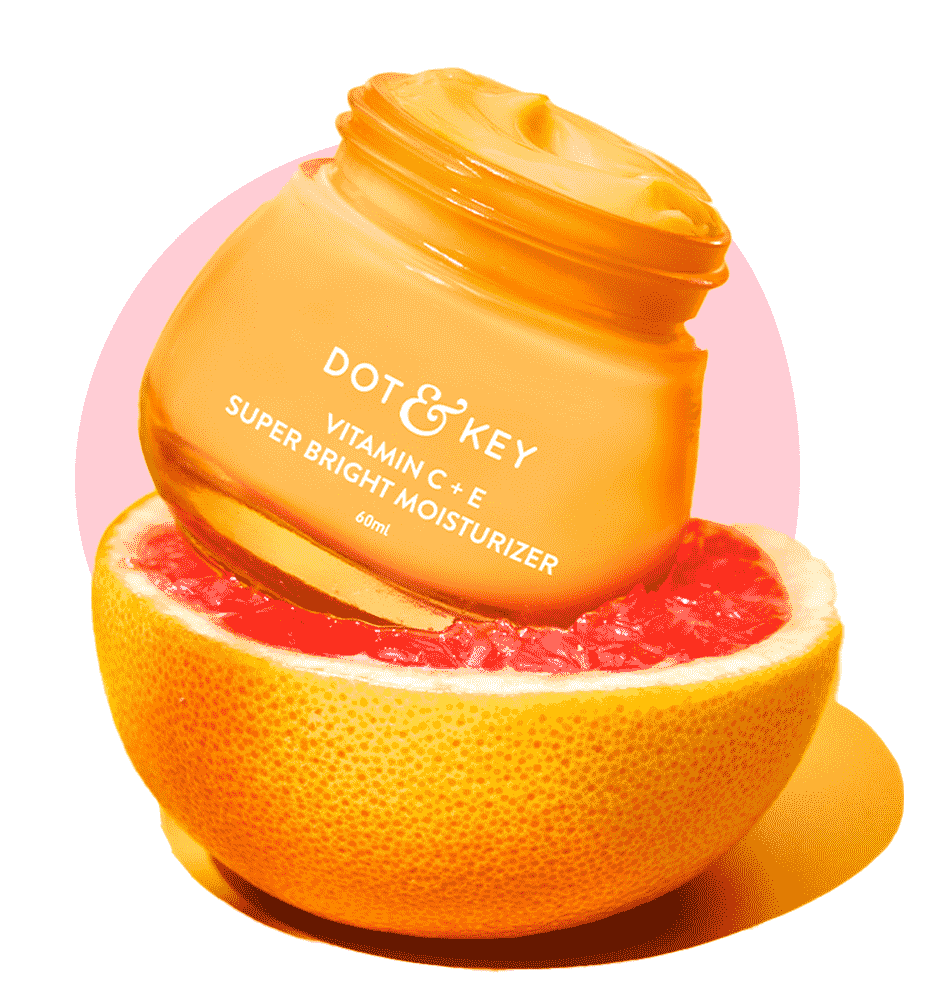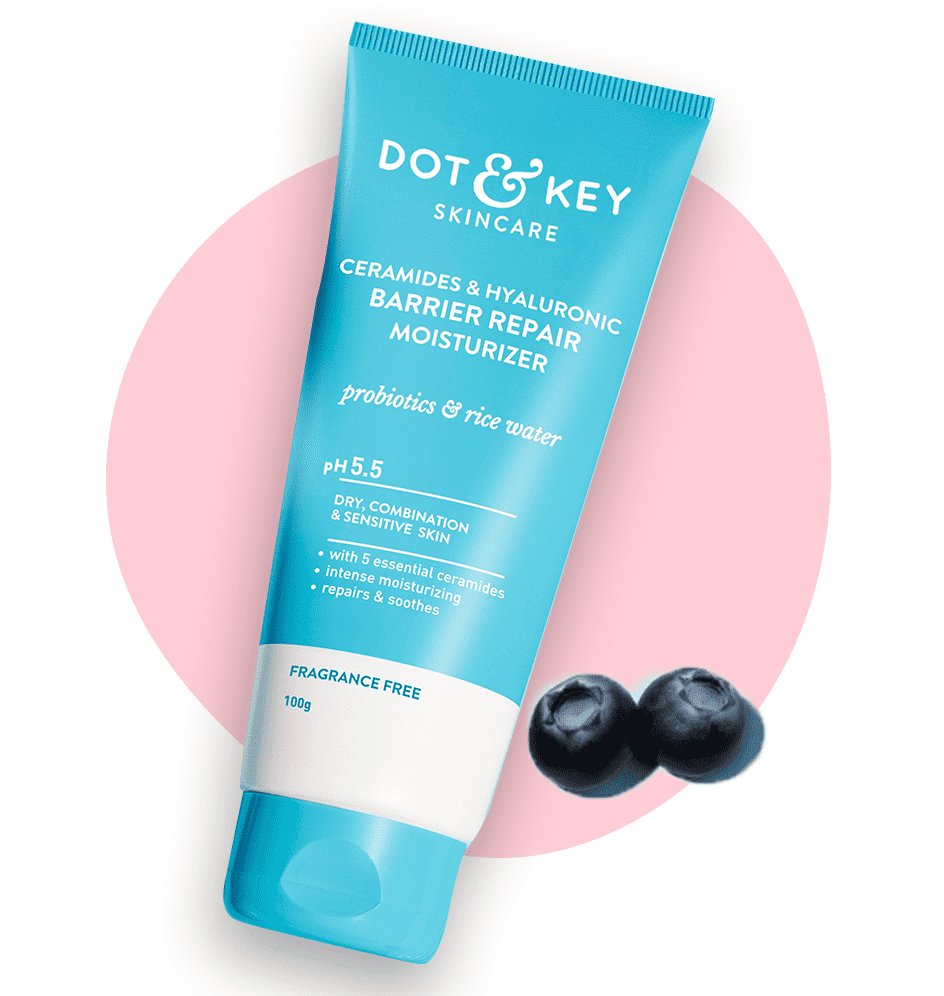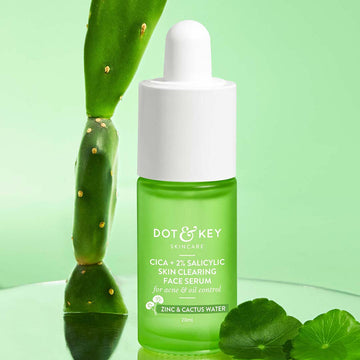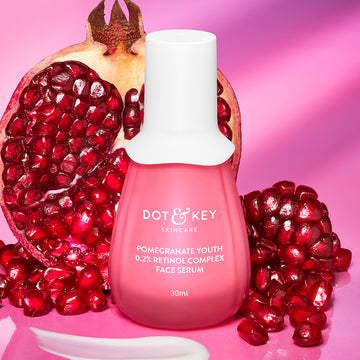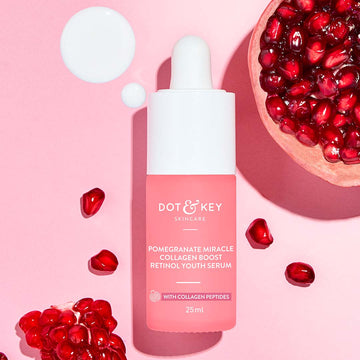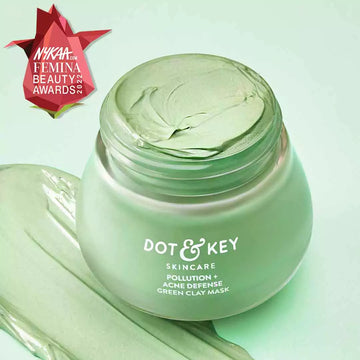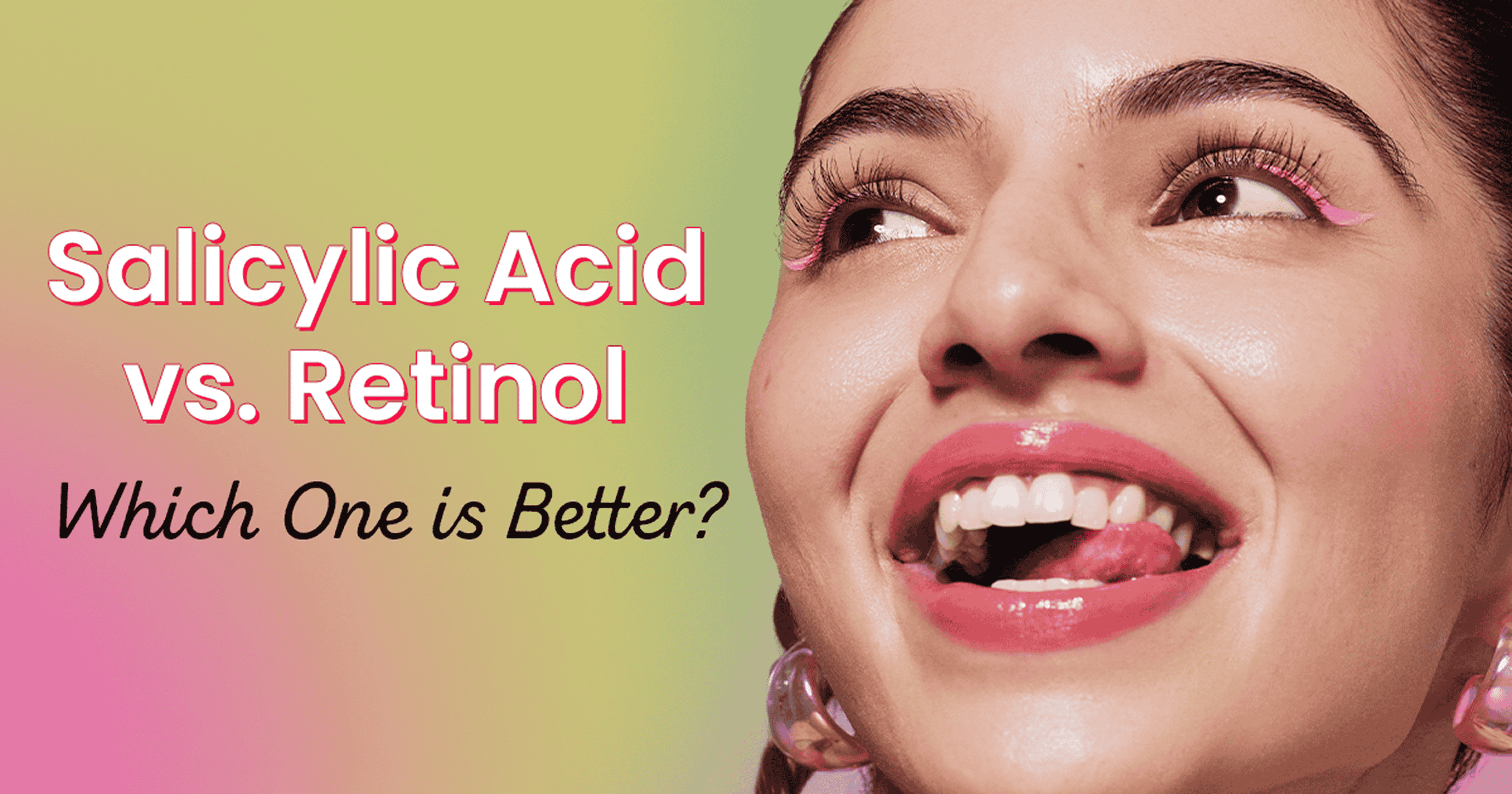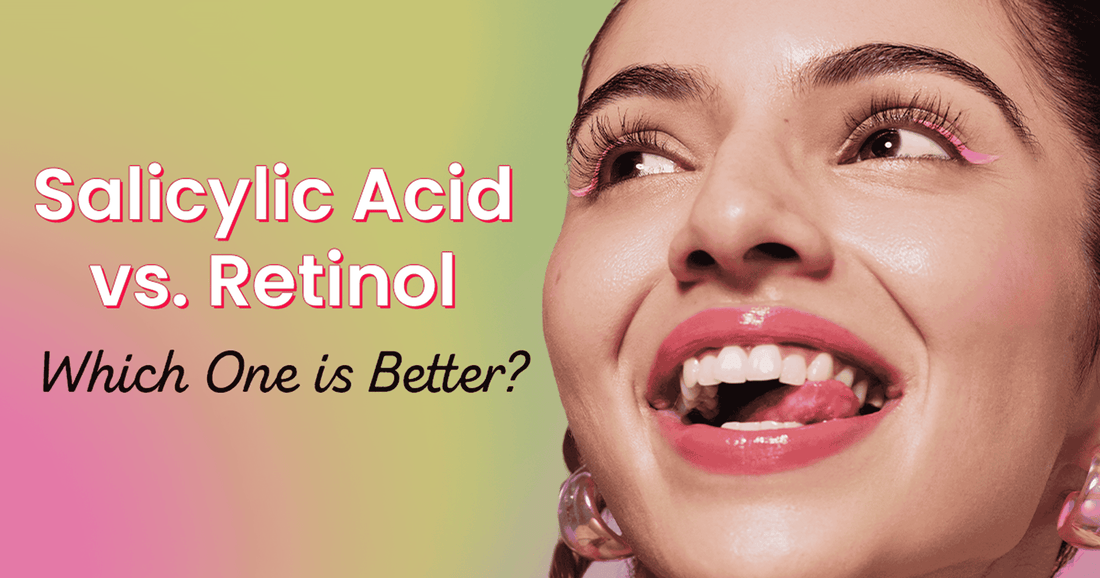
Salicylic acid and retinol are two powerhouse ingredients commonly used in skincare, but they serve different purposes. Salicylic acid is a beta-hydroxy acid (BHA) best known for exfoliating and treating acne, while retinol, a Vitamin A derivative, focuses on cell renewal and collagen production. Understanding their differences can help you determine which ingredient—or combination—is right for your skincare needs.
Here’s a detailed comparison to help you decide.
What is Salicylic Acid?
Salicylic acid is a beta-hydroxy acid (BHA) that penetrates deep into the pores to exfoliate, remove dead skin cells, and clear oil and debris. It’s especially effective for oily and acne-prone skin.
Key Benefits of Salicylic Acid:
- Unclogs Pores: Dissolves oil and dead skin buildup, preventing clogged pores.
- Treats Acne: Targets blackheads, whiteheads, and active breakouts.
- Exfoliates: Removes dead skin cells, improving texture and tone.
- Reduces Oil Production: Helps control sebum over time.
- Soothes Inflammation: Calms redness and irritation caused by acne.
What is Retinol?
Retinol is a Vitamin A derivative that promotes skin cell turnover and stimulates collagen production. It is widely used for anti-aging and acne treatment.
Key Benefits of Retinol:
- Boosts Cell Turnover: Encourages the growth of new, healthy skin cells.
- Reduces Fine Lines and Wrinkles: Stimulates collagen and elastin production.
- Treats Acne: Unclogs pores and prevents new breakouts.
- Fades Hyperpigmentation: Reduces dark spots and uneven tone.
- Improves Texture: Smooths rough patches and enhances overall skin quality.
How They Compare
| Feature | Salicylic Acid | Retinol |
|---|---|---|
| Primary Function | Exfoliation and pore-clearing. | Skin renewal and collagen stimulation. |
| Skin Type | Best for oily, combination, and acne-prone skin. | Suitable for most skin types, including ageing skin. |
| Exfoliation | Removes dead skin cells inside and outside pores. | Promotes deeper exfoliation via cell turnover. |
| Anti-Ageing Benefits | Minimal; focuses on clearing pores and smoothing texture. | Significant; reduces wrinkles and boosts collagen. |
| Acne Treatment | Excellent for blackheads, whiteheads, and active acne. | Effective for preventing clogged pores and treating inflammatory acne. |
| Oil Control | Reduces sebum production over time. | Minimal impact on oil production. |
| Hyperpigmentation | Minimally fades post-acne marks. | Effective for reducing pigmentation over time. |
| Irritation Potential | Low to moderate; drying if overused. | Moderate to high; may cause redness, peeling, or dryness initially. |
| Frequency of Use | Safe for daily use or as tolerated. | Start with 2–3 times a week and build tolerance. |
Which is Better for Your Skin?
The choice depends on your skin concerns and goals:
Choose Salicylic Acid If:
- You have oily or acne-prone skin: Helps to unclog pores and prevent breakouts.
- Your primary concern is blackheads, whiteheads, or active breakouts
- You’re looking for a gentle exfoliant to improve texture.
- You want a solution to help control oil production.
Choose Retinol If:
- Your focus is on anti-ageing, such as reducing fine lines and wrinkles
- You’re dealing with acne and want to prevent clogged pores over time.
- You want to fade hyperpigmentation and even out skin tone.
- Your goal is to improve skin texture and elasticity in the long term.
Can You Use Salicylic Acid and Retinol Together?
Yes, salicylic acid and retinol can be used together, but caution is needed to avoid irritation. Both are active ingredients that can dry or sensitize the skin if overused.
How to Use Them Together:
- Alternate Days: Use salicylic acid one day and retinol the next to minimize irritation.
- Morning vs. Night: Apply salicylic acid in the morning (with sunscreen) and retinol at night for skin renewal.
- Layer with Care: If using in the same routine, apply salicylic acid first, wait 20–30 minutes, then follow with retinol.
- Hydrate and Protect: Always pair these ingredients with a moisturizer and sunscreen.
Who Should Use Both?
- Acne-Prone Skin with Ageing Concerns: Salicylic acid clears pores, while retinol prevents breakouts and reduces wrinkles.
- Combination Skin: Use salicylic acid to control oil in the T-zone and retinol for anti-ageing and texture improvement.
- Persistent Breakouts with Dark Spots: Salicylic acid treats acne, and retinol fades post-inflammatory pigmentation.
Common Mistakes to Avoid
-
Overusing Both Ingredients:
Overuse can cause excessive dryness or irritation. Start with one ingredient and gradually introduce the other. -
Skipping Sunscreen:
Both increase sun sensitivity, so SPF is essential. -
Neglecting Moisturizer:
Always follow with a hydrating product to maintain your skin’s moisture barrier.
Science Backing
- Salicylic Acid: Research in the Journal of Dermatological Science confirms its effectiveness in treating acne by reducing sebum and clearing clogged pores.
- Retinol: Studies in the Journal of Investigative Dermatology highlight its ability to improve wrinkles, stimulate collagen, and promote cell turnover.
- Combination Use: Dermatologists recommend using these ingredients on alternate days to address both acne and ageing concerns, as noted in the Journal of Clinical and Aesthetic Dermatology.
Conclusion
Both salicylic acid and retinol are excellent skincare ingredients, but they target different concerns. Choose salicylic acid for exfoliation, acne treatment, and oil control. Opt for retinol if you’re looking to improve texture, fight signs of ageing, and treat acne in the long term.
FAQs About Salicylic Acid and Retinol
1. Which Should I Use First?
If layering, apply salicylic acid first to exfoliate and prep the skin, then wait before applying retinol.
2. Can I Use Them Every Day?
- Salicylic Acid: Safe for daily use, but start slowly to avoid dryness.
- Retinol: Start with 2–3 times a week and increase frequency as tolerated.
3. Do They Work for All Skin Types?
Yes, but salicylic acid is better for oily or acne-prone skin, while retinol works for most skin types, especially those with ageing concerns.







